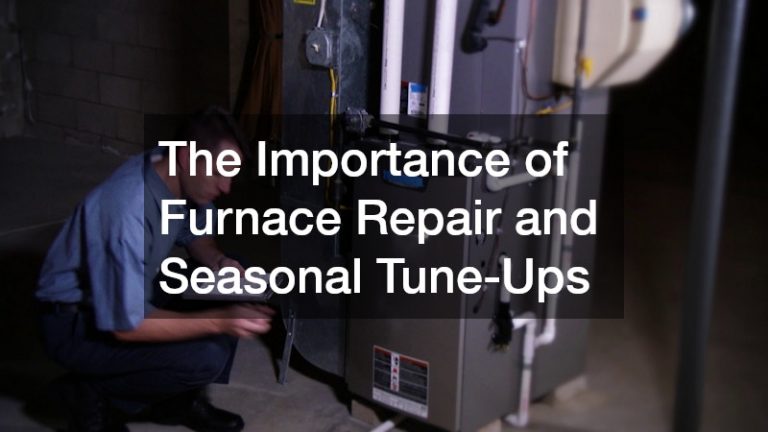

A roof replacement is a significant home improvement project that involves several key steps to ensure a safe and effective outcome. Here’s what typically happens during a roof replacement:
Initial Inspection and Preparation: A professional roofing contractor begins by inspecting the existing roof to assess its condition and identify any underlying issues. They may also take measurements and calculate the amount of materials needed.
Removal of Old Roofing: The next step involves stripping away the old roofing materials. This often includes removing shingles, underlayment, and any damaged or rotted decking. It’s a labor-intensive process that requires careful disposal to prevent debris from cluttering the yard.
Repairing and Preparing the Deck: Once the old roof is removed, the contractor inspects the roof deck (the structural base). Any damaged or rotten sections are repaired or replaced to ensure a solid foundation for the new roof.
Installing New Roofing Materials: After preparing the deck, the installation of new roofing materials begins. This typically includes laying down new underlayment, followed by shingles or other roofing materials chosen by the homeowner.
Final Inspections and Clean-up: Once the new roof is installed, the contractor performs a final inspection to ensure everything is properly installed and sealed. They clean up the area, removing debris and conducting a magnetic sweep to pick up any loose nails.
Completion and Client Walkthrough: The project concludes with a walkthrough with the homeowner to review the work and ensure satisfaction. Any remaining paperwork, warranties, or maintenance guidelines are provided at this stage.
Throughout the process, safety measures are crucial, including using harnesses and scaffolding as needed. A well-executed roof replacement not only enhances the aesthetic appeal of the home but also provides essential protection against the elements for years to come.



